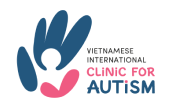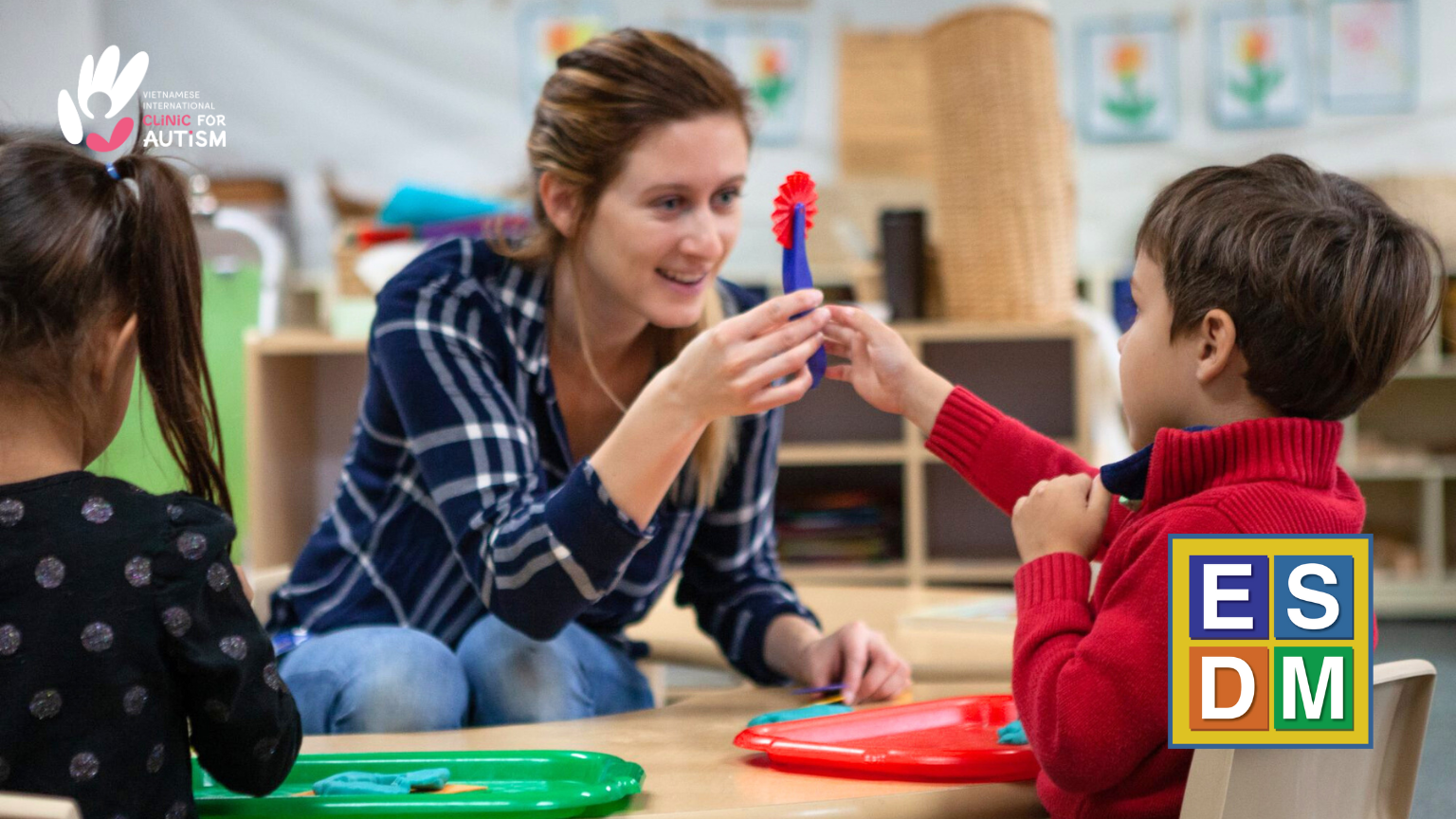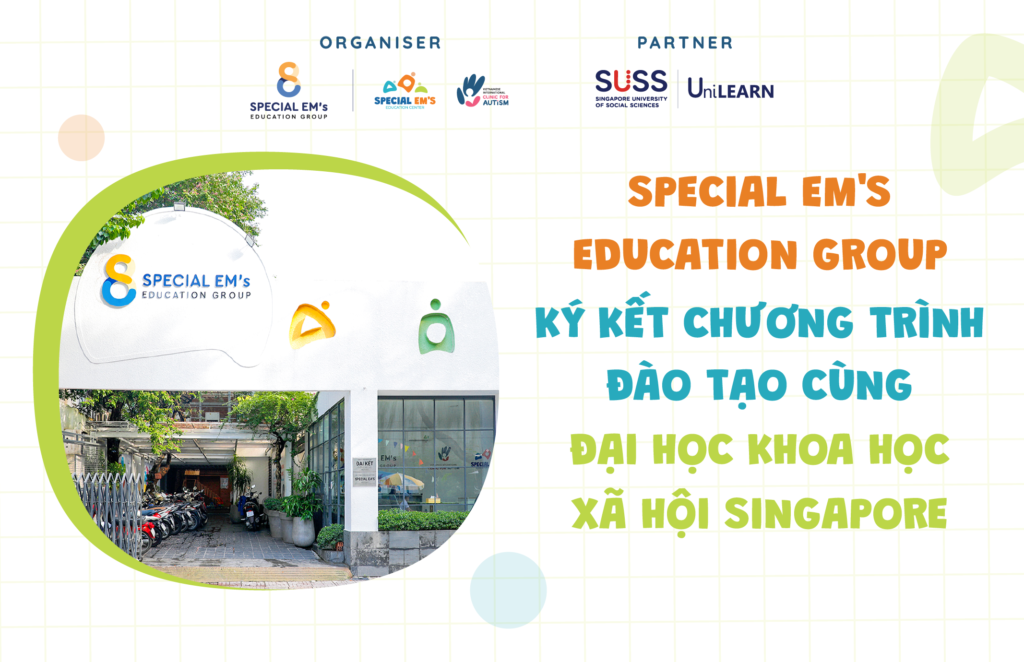Finding out that your child has autism spectrum disorder (ASD) can be a shock. You might feel upset and even fearful about their future. But it’s important to remember that every child has their own strengths and weaknesses—and a child with autism is no exception.
There are many treatments that can help children with ASD acquire new skills and overcome a variety of developmental challenges. These treatments don’t aim to cure ASD. Instead, they help improve your child’s ability to socialize and play, function academically, and move through everyday life with adaptive skills.
Not every ASD treatment approach is effective for every child, though. It may take some time to tailor the treatment options to your child’s specific needs. But a little patience and persistence can make a big difference in your child’s life. Learning about the many treatments available can help you start to identify which approaches are best for your child and ensure they develop to their full potential.
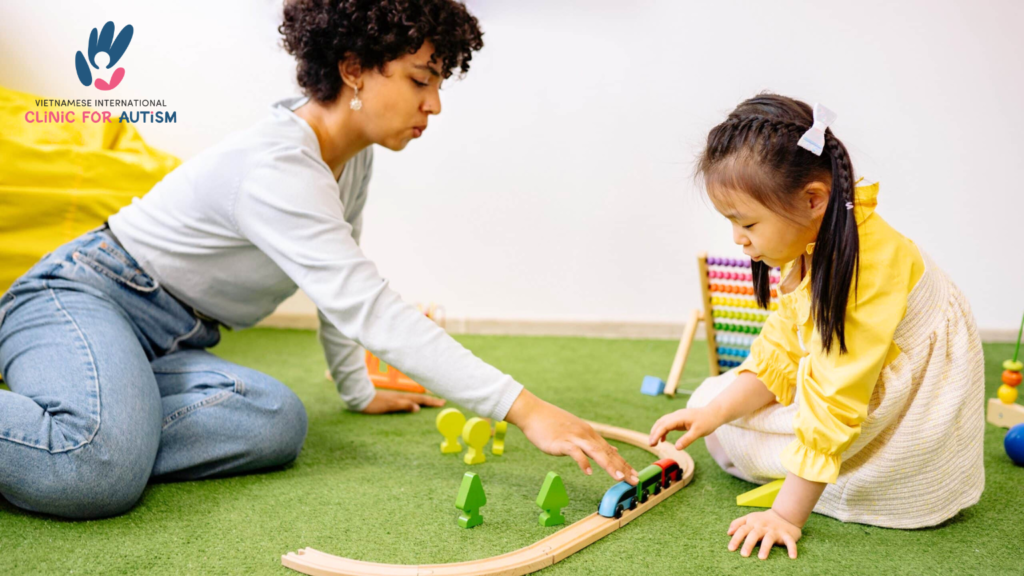
Types of autism treatment
When it comes to early autism treatment options, there are a dizzying variety of therapies and approaches. Some autism therapies focus on reducing problematic behaviors and building communication and social skills, while others deal with sensory integration problems, motor skills, emotional issues, and food sensitivities.
With so many choices, it is extremely important to do your research, talk to autism treatment experts, and ask questions. But keep in mind that you don’t have to choose just one type of therapy. The goal of autism treatment should be to treat your child’s unique array of symptoms and needs. This often requires a combined treatment approach that incorporates several different types of therapy.
Common autism treatments include behavior therapy, speech-language therapy, play-based therapy, physical therapy, occupational therapy, and nutritional therapy. But keep in mind that the routine is important and the program should be designed in a way that can be sustained. You should think about what skills and behaviors are most essential and treat those first. It may not be possible to tackle everything at once.
Behavior therapy
Behavior therapy is a commonly used ASD treatment that aims to encourage desired behaviors and reduce unwanted behaviors. Most behavior therapies follow techniques set out by applied behavior analysis (ABA). ABA aims to help a child with ASD understand the connection between behaviors and consequences.
In ABA-based therapy, attempts at desired behavior are positively reinforced. For example, a therapist might offer praise when a child tries to politely ask for help. Because a reward follows the behavior, the child is more likely to repeat the action. On the other hand, if the child has an angry outburst, no reward is given.
ABA is an evidence-based approach. It’s also highly adaptable, so it can meet the needs of each child. Studies show that long-term, intensive therapy can improve a child’s life skills, intellectual abilities, and social skills.
Early Start Denver
ESDM is an approach that works best for 12- to 48-month-olds and follows the practices of ABA. The sessions revolve around natural play and joint activities with therapists and parents. Singing could be used to encourage a child with ASD to vocalize, or a mimicry game could be used to teach the child to identify body parts. ESDM focuses on creating positive social interactions, enhancing communication and cognitive skills in the process.
It’s important for you to be involved in your child’s ESDM sessions. Fortunately, the sessions are flexible enough to take place at a clinic or in your own home. A therapist can guide you through what you need to know. Studies, including brain scan research, suggest that ESDM improves language and communication skills as well as adaptive behavior.
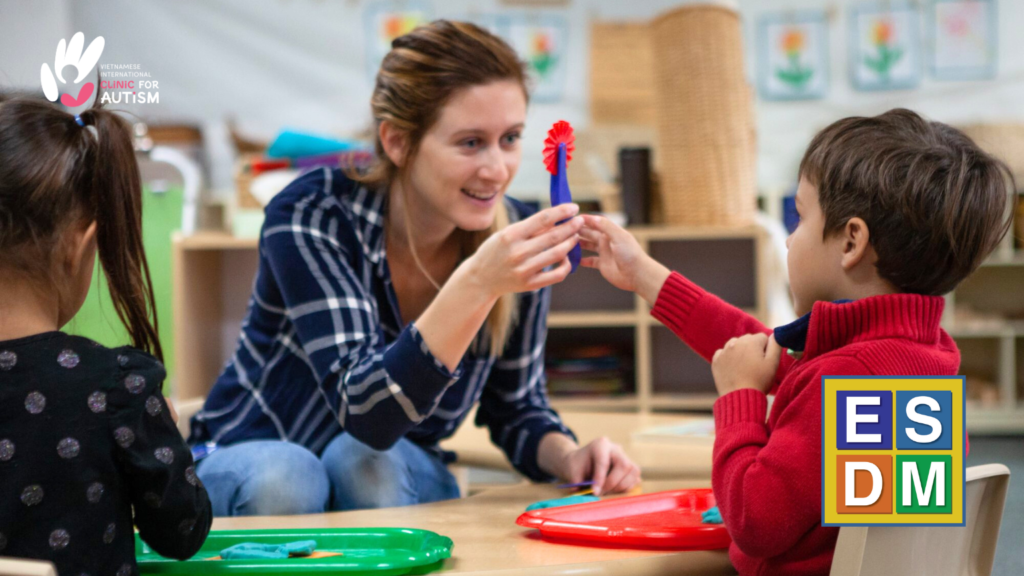
Pivotal Response Treatment – PRT
PRT is another play-based approach that follows ABA practices. Rather than honing in on specific behaviors, PRT focuses on broader areas, including motivation, self-management, response to multiple cues, and initiation of social interactions. By focusing on these pivotal areas, PRT helps children make broad improvements with social skills and communication.
During a session, a therapist might put the child’s favorite food or toy within view but out of reach. A situation like this encourages the child to speak up and ask for the item.
PRT has been used in both one-on-one and group sessions. Studies suggest that it can be effective at building communication skills in children.
Cognitive behavior therapy – CBT
Cognitive behavior therapy (CBT) can help children with ASD understand how thoughts influence behavior. A therapist shows the child how to recognize, reevaluate, and regulate emotions, such as anxiety. This type of therapy is useful for teaching children how to cope with difficult social situations and other challenges in life.
Like other autism treatment options, CBT sessions are personalized to meet the child’s needs. The approach may even be useful in addressing sleep issues, although more research is needed.
—
In conclusion, there are a lot of therapies for children with ASD. Beside researching, parents should have many meetings with experts to find approriate individualized education plan for each developmental stage.
Nguồn bài viết: helpguide.org
